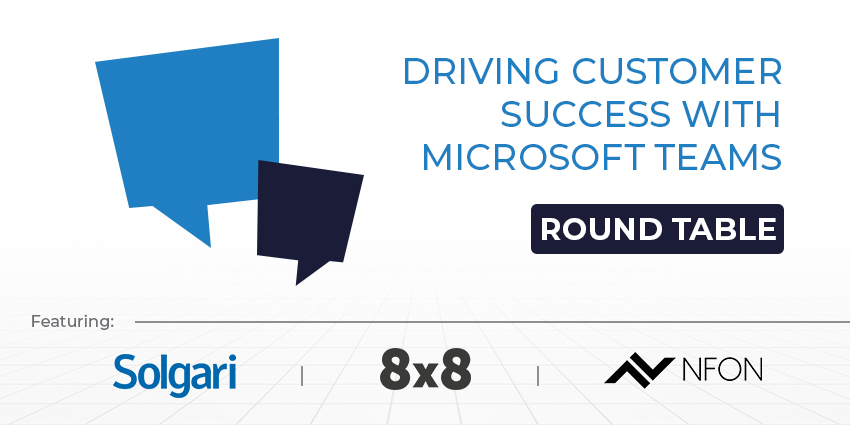Since the launch of Cisco Spark in 2015, I’ve been eagerly awaiting the cloud calling ‘bolt on’. On the 9th April my wait was finally over. ITGL was invited to an exclusive EMEA Partner event which showcased the finer detail of the offering and officially launched it for sale. This launch is a big deal. According to Gartner ‘by 2021 90% of IT leaders will not purchase new premises-based UC infrastructure’ and a recent BroadSoft survey reported that 74% of organisations will choose a cloud calling vendor in the next 24 months.
There are lots of other predictions that I could call upon here, but aside from the general support from analysts for a move to cloud, this launch also signals a vision of Cisco which we believe is unrivalled in the current cloud market.
Platform Driven
 With this service, Cisco is moving away from a ‘product’ sell and toward a ‘platform’ sell: an important distinction. Buying a product enables me to perform specific actions within a specific parameter. Buying a platform enables me to transform a way of working by connecting several workstreams into a single process or experience. With Webex Meetings, for example, I am able to schedule my own personal meeting and connect several users together within a predefined window of time. In this scenario Webex is essentially a product solving a general need within a very specific parameter. By contrast, if I choose to use Webex Teams alongside this meeting ‘product’, I am able to extend the parameters of my meeting by adding context and persistence to it, pre and post meet. Now, Webex is a tool I use to work through a process rather than a tool I use to facilitate a real time requirement.
With this service, Cisco is moving away from a ‘product’ sell and toward a ‘platform’ sell: an important distinction. Buying a product enables me to perform specific actions within a specific parameter. Buying a platform enables me to transform a way of working by connecting several workstreams into a single process or experience. With Webex Meetings, for example, I am able to schedule my own personal meeting and connect several users together within a predefined window of time. In this scenario Webex is essentially a product solving a general need within a very specific parameter. By contrast, if I choose to use Webex Teams alongside this meeting ‘product’, I am able to extend the parameters of my meeting by adding context and persistence to it, pre and post meet. Now, Webex is a tool I use to work through a process rather than a tool I use to facilitate a real time requirement.
BroadSoft Infrastructure
With the launch of Webex Calling, this same Teams client can now connect back to a Cisco hosted UC infrastructure, powered by BroadSoft, bringing PSTN break out directly to the application. When combined with a number of already existing integrations, this means I can extend my workflow even further and consolidate all my communication requirements into a single stream of consciousness.
Cisco’s aim is to provide a flexible yet stable cloud platform, from which all components of collaboration can connect, delivering a single user experience through a persistent unified client: an aim that Cisco can now fully deliver. Other vendors will make similar claims, but as it stands today, only Cisco can deliver this solution end to end. This is a Cisco-built cloud with connections from dedicated Cisco software and hardware supported by Cisco engineers all over the world.
Bring Your Own PSTN
There is one component of this platform that Cisco does not provide, but this is perhaps one of their biggest strengths. Cisco does not provide the PSTN for calling. Providing this would mean regulation and complexity, and it would put Cisco in a new world where several other providers already exist. Let’s be honest, this is a competitive market which is price driven and many clients already have negotiated contracts in place that they do not want to change. The fact that Cisco does not want to enter this market means they can be very pragmatic with their offer. Rather than dictating what PSTN connectivity needs to be, Cisco instead allow their clients to bring whatever PSTN they already have in place. This means no disruption for dial plans when migrating to the cloud, it means no fixed term contracts for the price of audio, and it means clients can completely decouple the negotiating of audio from the delivery of the experience.
The connection into PSTN could not be easier. At launch, Cisco will require a dedicated CUBE gateway on the client’s network which terminates the client’s PSTN and forms a dedicated SIP connection back to the Cisco cloud. Within a few months, clients will be able to remove this gateway altogether and have their PSTN provider directly terminate their SIP trunks into Cisco’s cloud. The only thing required on site will be a physical phone, and even that could be replaced with the Webex Teams client.
Flex Licensing
To deliver this as a unified platform, Cisco needed to provide the ability for the Cloud offering of calling to work alongside any investments that may have already been made on premise-based hardware. They have certainly delivered on this. The Flex Licensing agreement allows clients to purchase a single contract for their users and define where each user will receive their services. It is completely possible for the majority of users to remain licensed on premise while taking a section of early adopters to the cloud. When a cloud user calls someone on premise, the platform knows how to route that call. The cloud platform can share a routing pattern with the premise solution and the two can work together as one. This is truly ground breaking and will allow the thousands of existing Cisco telephony clients to migrate to the cloud at whatever pace suits them.
To sum up: With this launch of cloud calling, Cisco have achieved the ability to provide an end-to-end collaboration platform that embeds all streams of communication into a single unified client underpinned by a robust cloud architecture. The Webex Teams client is the central component of all of these services, and when used to its full potential, I believe it will provide an experience that is unrivalled among its competitors.

Guest Blog by Scott Murphy, Collaboration Practice Lead, ITGL
I am a technology evangelist, passionate about enabling effective communication in a digital world.
I work with organisations of all sizes, demonstrating how an investment in the right collaboration technology can transform employee engagement and facilitate efficient teamwork between people inside and outside of the organisation.
I understand the importance and impact of change, and develop robust plans for implementation and adoption. I work hard to ensure the technology adapts to the desired business culture.
I have dedicated my career to Cisco. For over thirty years, Cisco has been the global leader in digital transformation. Through innovation and well-placed acquisition, they have developed a holistic portfolio of technology to help change the way you live, work and learn.







